On January 1, 2025, the Ministry of Transport plans to officially apply the National Technical Regulation on automobiles, trailers and semi-trailers participating in road traffic, including specific regulations on inspection standards for tires.
Under the new regulations, tires that do not meet the standards will not pass inspection and will be banned from participating in traffic, forcing vehicle owners to strictly comply with tire safety criteria to ensure their vehicles continue to be legally circulated.
According to the draft, the Ministry of Transport clearly stipulates the criteria for evaluating tire quality during vehicle inspection. These criteria will be checked through observation and the use of tools such as hammers and tire pressure gauges when there is doubt about the quality.
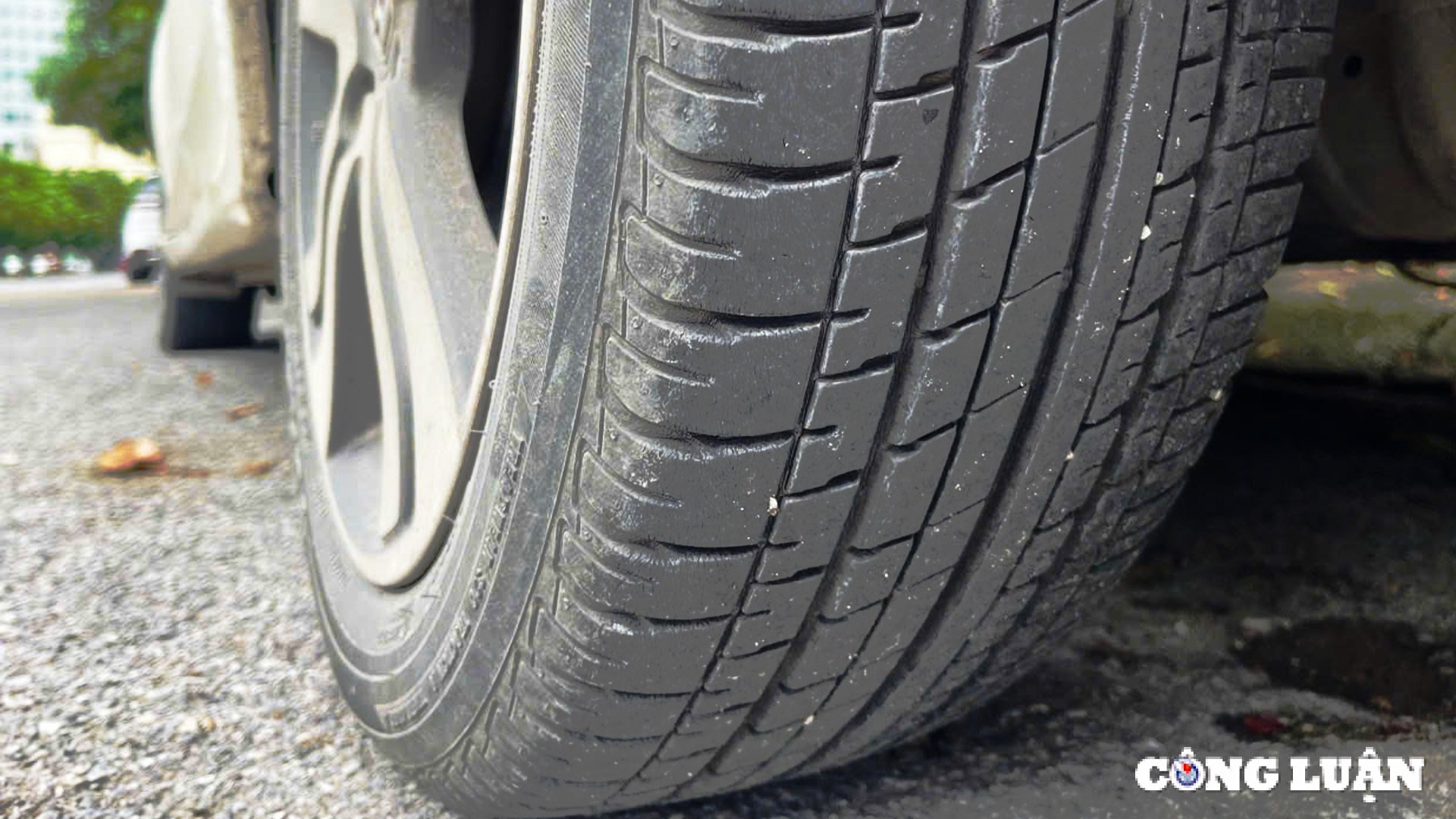
Substandard tires will not pass inspection.
Below are common tire errors that lead to failed vehicle inspection:
Incorrect quantity and size: Tires must be of the correct quantity and size as specified by the manufacturer and clearly stated in the vehicle's technical documentation. Installing tires of incorrect size or quantity may reduce the safety of vehicle operation.
Insecure installation: Tires must be installed firmly, not loose, and the clamping parts must be tight. Improperly installed tires can easily cause accidents when moving.
Damaged rims and brake rings: Rims and brake rings must not be cracked, warped or warped. If these parts are not of good quality, the vehicle may be unsafe to operate, especially at high speeds.
Cracks, Bursts or Blisters: The tire must not have cracks, burrs or blisters that expose the inner ply. These defects indicate that the tire has been severely damaged and no longer provides durability or load-bearing capacity.
Non-uniform tire tread pattern: The tires on the two front wheels (steering wheels) must have the same tread pattern and cannot be retreaded. Non-uniform tire tread will reduce traction and cause unsafe driving, especially in bad weather conditions.
Excessive Wear: Tire wear must be within acceptable limits, not past the manufacturer's wear indicator. Excessively worn tires will lose traction, increasing the risk of skidding and causing an accident.
In addition to the tire requirements, the mounting bracket and spare wheel must also comply with strict standards. The wheel mounting bracket must not be cracked or broken and must be securely installed.
At the same time, the spare tire must be complete and meet the quality requirements of the manufacturer. These are important factors to ensure the vehicle can continue to move safely in the event of a tire-related incident.
Source: https://www.congluan.vn/lop-xe-bi-cac-hien-tuong-sau-se-khong-dat-dang-kiem-tu-nam-2025-theo-quy-dinh-moi-cua-bo-giao-thong-van-tai-post311939.html






![[Photo] Binh Trieu 1 Bridge has been completed, raised by 1.1m, and will open to traffic at the end of November.](https://vphoto.vietnam.vn/thumb/1200x675/vietnam/resource/IMAGE/2025/10/2/a6549e2a3b5848a1ba76a1ded6141fae)





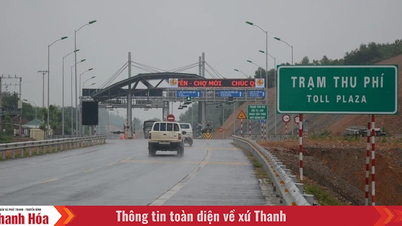
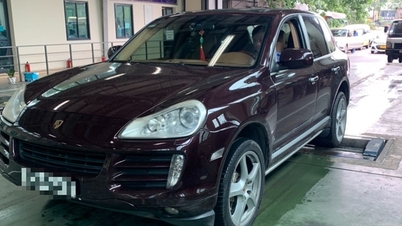







































































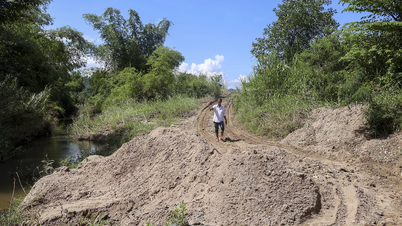




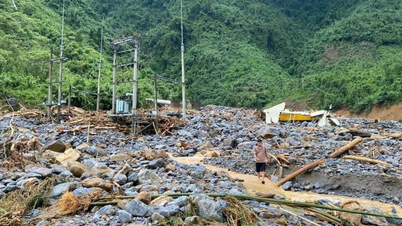















Comment (0)